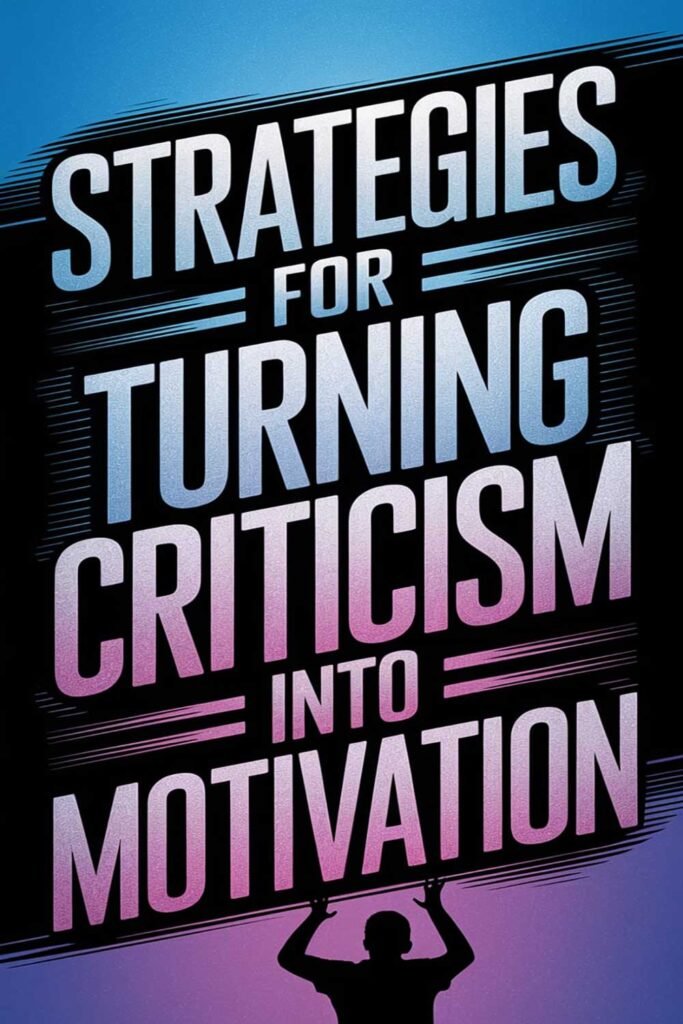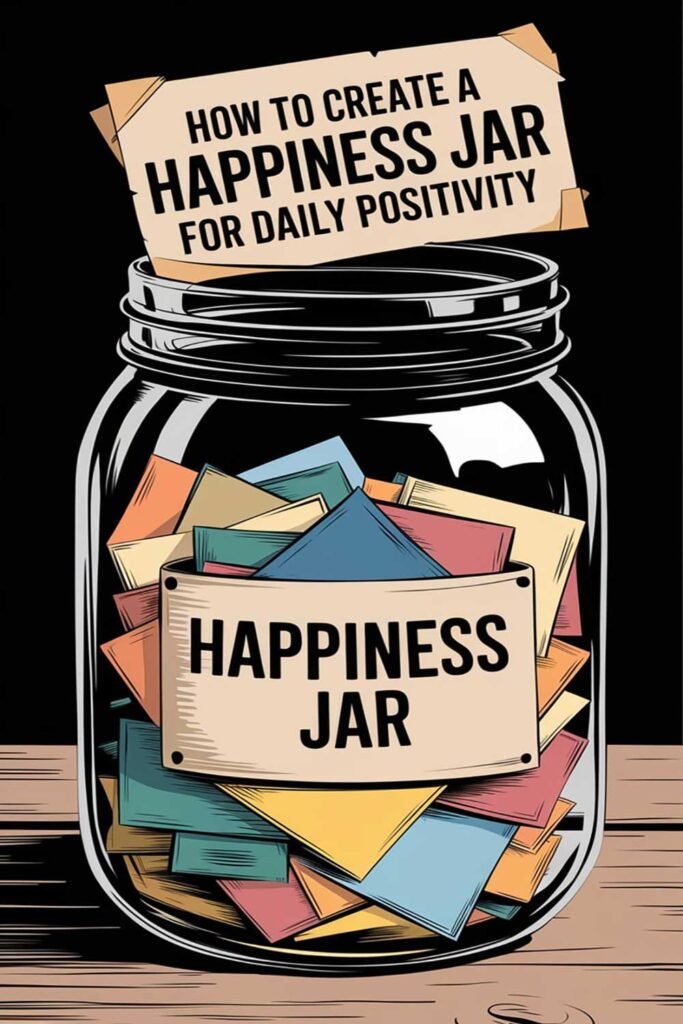
How to Start Paying Off Debt When You’re Drowning in Bills
Being buried under a mountain of bills and debt can feel suffocating. It’s overwhelming, frustrating, and emotionally draining. You might be wondering: How can I even begin to pay off debt when I can barely afford my basic needs?
You’re not alone—and you’re not without hope. Paying off debt is possible, even when things feel impossible. This guide will walk you through practical, real-life steps you can take to climb out of the debt hole one decision at a time. It won’t happen overnight, but with consistency and a clear plan, your financial freedom is within reach. And by starting today, you’re already ahead of where you were yesterday.
Step 1: Pause and Breathe
Before you do anything else, stop and take a deep breath. Remind yourself: this is temporary. You’re taking action now, and that already puts you ahead of where you were yesterday.
Debt doesn’t define you. Your response to it does. Give yourself permission to feel overwhelmed, but also remind yourself that change is not only possible—it’s probable, with the right mindset and strategy.
Step 2: Know Exactly What You Owe
As scary as it may be, you have to face your numbers. Write everything down. It may be painful, but clarity is power.
Make a complete list:
- Credit cards
- Personal loans
- Medical bills
- Car loans
- Student loans
- Any back payments (rent, utilities, etc.)
Include:
- Balance owed
- Minimum monthly payment
- Interest rate
- Due dates
- Late fees (if any)
Real-Life Example: Melissa avoided looking at her credit card statements for months. When she finally made a list, she realized her total debt was $26,000 across six cards. Facing the full picture gave her the clarity to build a plan. Within a year, using a combination of snowball payments and side hustle income, she cut that debt by more than half.
Step 3: Create a Survival Budget
When bills are piling up, the goal isn’t perfection—it’s survival.
Focus on the four essentials:
- Food
- Utilities
- Housing
- Transportation
List every monthly expense and identify anything you can reduce, delay, or eliminate. Cancel unused subscriptions, limit discretionary spending, and shop for cheaper providers when possible.
Budgeting Tools:
- EveryDollar (free)
- YNAB (You Need A Budget)
- Mint
- A simple spreadsheet or notebook
Real-Life Example: John and Claire used a survival budget to stay afloat during a layoff. They paused Netflix, cut grocery costs using coupons and Aldi, stopped eating out, and shared one car. Within two months, they caught up on their most urgent bills and avoided eviction.
Step 4: Prioritize Your Debts
Use either the Debt Snowball or Debt Avalanche method.
Debt Snowball:
- Pay off the smallest debt first, regardless of interest rate
- Gain momentum and emotional wins as each debt is eliminated
Debt Avalanche:
- Focus on paying off the debt with the highest interest rate first
- Save more in the long term on interest payments
Stick to whichever method motivates you most. Consistency is more important than strategy.
Real-Life Example: Evelyn used the snowball method to pay off four debts totaling $9,000. Each payoff gave her a psychological boost, and she eventually tackled her largest $12,000 loan last. She said the momentum kept her from giving up.
Step 5: Negotiate Lower Payments and Interest Rates
Don’t be afraid to call your creditors. You’d be surprised how willing many of them are to work with you—especially if you’re proactive.
Ask for:
- Lower interest rates
- Waived late fees
- Temporary forbearance
- Hardship plans
- Lower minimum payments
Medical bills: Hospitals and clinics often have financial aid programs. Ask for itemized bills and dispute any questionable charges. Request a payment plan based on your actual income.
Real-Life Example: Carlos reduced his hospital bill from $3,200 to $1,450 just by calling and asking for a discount. He paid $50/month until the bill was gone.
Step 6: Increase Your Income (Even Just a Bit)
If cutting expenses still isn’t enough, consider how you can increase income.
Ideas to Make Extra Money:
- Deliver food or groceries (DoorDash, Instacart)
- Sell unused items (Facebook Marketplace, eBay, OfferUp)
- Rent out a room or space on Airbnb
- Offer babysitting, tutoring, dog walking, lawn care
- Freelance writing, graphic design, transcription, virtual assistant work
- Take paid surveys or participate in focus groups
Real-Life Example: Angela sold unused electronics and furniture and made $600 in one month. She used that to catch up on rent and pay down her car loan. Then she began dog walking on the weekends and earned an extra $400/month consistently.
Step 7: Stop Accumulating New Debt
You can’t get out of a hole if you keep digging.
- Avoid new credit card use (cut them up if needed)
- Stick to cash or debit cards
- Unlink credit cards from online stores and subscriptions
- Use tools like Truebill or Rocket Money to track spending and prevent overdrafts
Real-Life Example: Jasmine used to rack up $300/month on Amazon. She deleted the app and removed saved payment info. Her spending dropped drastically, and that money went toward her student loans.
Step 8: Automate the Essentials
Automate:
- Minimum payments (to avoid late fees)
- Bill reminders (so nothing falls through the cracks)
- Transfers to a savings or emergency fund, even if it’s just $5/week
This reduces stress and prevents you from missing key obligations.
Real-Life Example: Eric set up automatic payments for all his utilities and loan minimums. He said it freed up mental space and helped him focus on earning more and cutting extras.
Step 9: Track Progress and Celebrate Small Wins
Debt repayment is a marathon. Motivation fades, but progress keeps you going.
Ways to stay motivated:
- Use a visual tracker (thermometer, charts, or an app)
- Celebrate every $100 or every debt paid off
- Take before and after screenshots of your balances
Real-Life Example: Nina celebrated every $1,000 she paid off by treating herself to a free or low-cost reward (a hike, a bubble bath, a used book). It gave her the emotional push to keep going.
Step 10: Build an Emergency Fund (Slowly)
Even while paying off debt, set aside a little bit each month for emergencies. Start with a $500 goal, then aim for $1,000.
Why? So you don’t fall back into debt when something unexpected happens.
Real-Life Example: David saved $25/week in a separate bank account. Within 5 months, he had $500. When his tire blew, he didn’t need a credit card. That moment gave him pride and power.
20 Motivational Quotes About Paying Off Debt and Financial Freedom
“You must gain control over your money or the lack of it will forever control you.” – Dave Ramsey
“A budget is telling your money where to go instead of wondering where it went.” – John C. Maxwell
“Do not save what is left after spending. Spend what is left after saving.” – Warren Buffett
“It always seems impossible until it’s done.” – Nelson Mandela
“Act your wage.” – Dave Ramsey
“The best way to predict your future is to create it.” – Peter Drucker
“Being in debt is not a financial problem, it’s a behavior problem.” – Dave Ramsey
“If you will live like no one else now, later you can live like no one else.” – Dave Ramsey
“You can’t get out of debt by borrowing more money.” – Unknown
“The journey of a thousand miles begins with a single step.” – Lao Tzu
“Frugality includes all the other virtues.” – Cicero
“Discipline is the bridge between goals and accomplishment.” – Jim Rohn
“Money is a terrible master but an excellent servant.” – P.T. Barnum
“Don’t tell me what you value. Show me your budget.” – Joe Biden
“Change might not be fast and it isn’t always easy. But with time and effort, almost any habit can be reshaped.” – Charles Duhigg
“You don’t have to see the whole staircase, just take the first step.” – Martin Luther King Jr.
“Financial freedom is not a dream. It’s a decision.” – T. Harv Eker
“Too many people spend money they haven’t earned to buy things they don’t want to impress people they don’t like.” – Will Rogers
“A year from now, you’ll wish you had started today.” – Karen Lamb
“Don’t wait. The time will never be just right.” – Napoleon Hill
🧠 Picture This
Picture yourself six months from now.
You’re no longer afraid to check your bank balance. You know where your money is going. One debt is gone completely. Your budget is working. Your confidence is rising. The anxiety that once followed you day and night has started to fade.
You still have work to do, but you no longer feel powerless. You have a plan, a strategy, and momentum on your side.
It all started with one decision: to stop feeling stuck and start taking action.
You chose to believe that progress was possible—and now, you’re living it.
🗣 Please Share This Article
If you know someone who feels buried in bills and doesn’t know where to start, please share this article. It could be the first step to their financial recovery. Let’s help each other break free from debt—one person at a time.
⚠️ Disclaimer
This article is based on personal experience and public information. It is intended for educational purposes only and does not constitute financial advice. Please consult a licensed financial advisor or credit counselor for guidance tailored to your individual situation.






